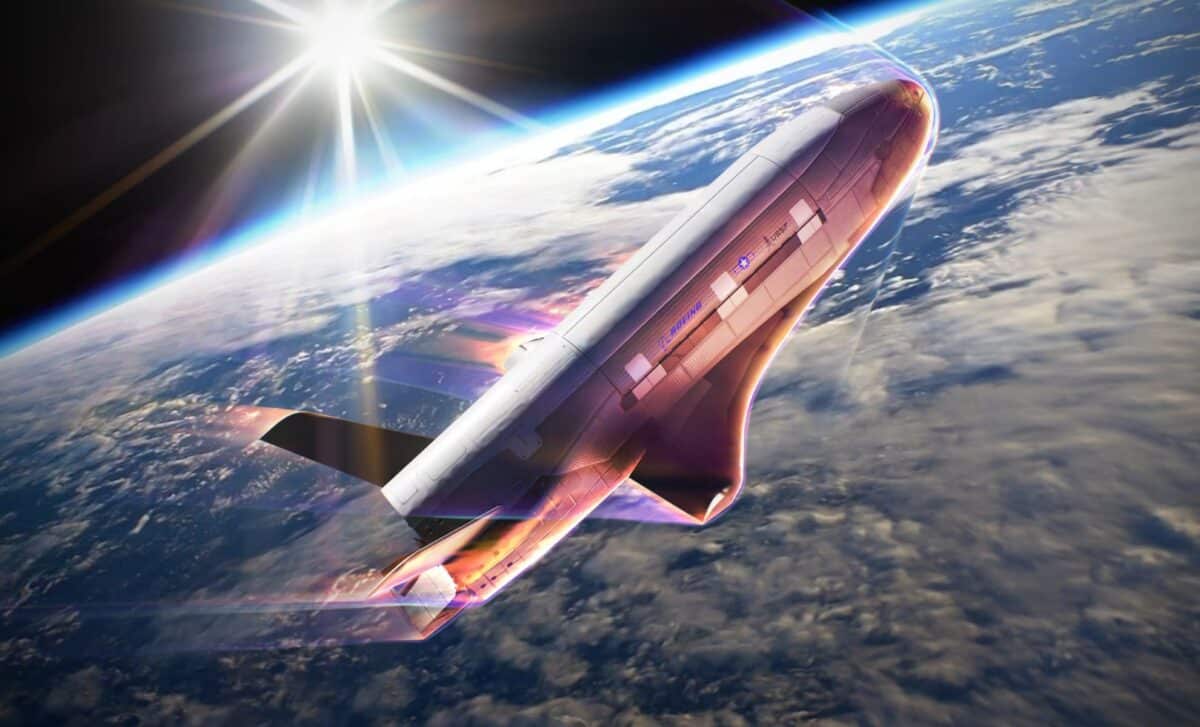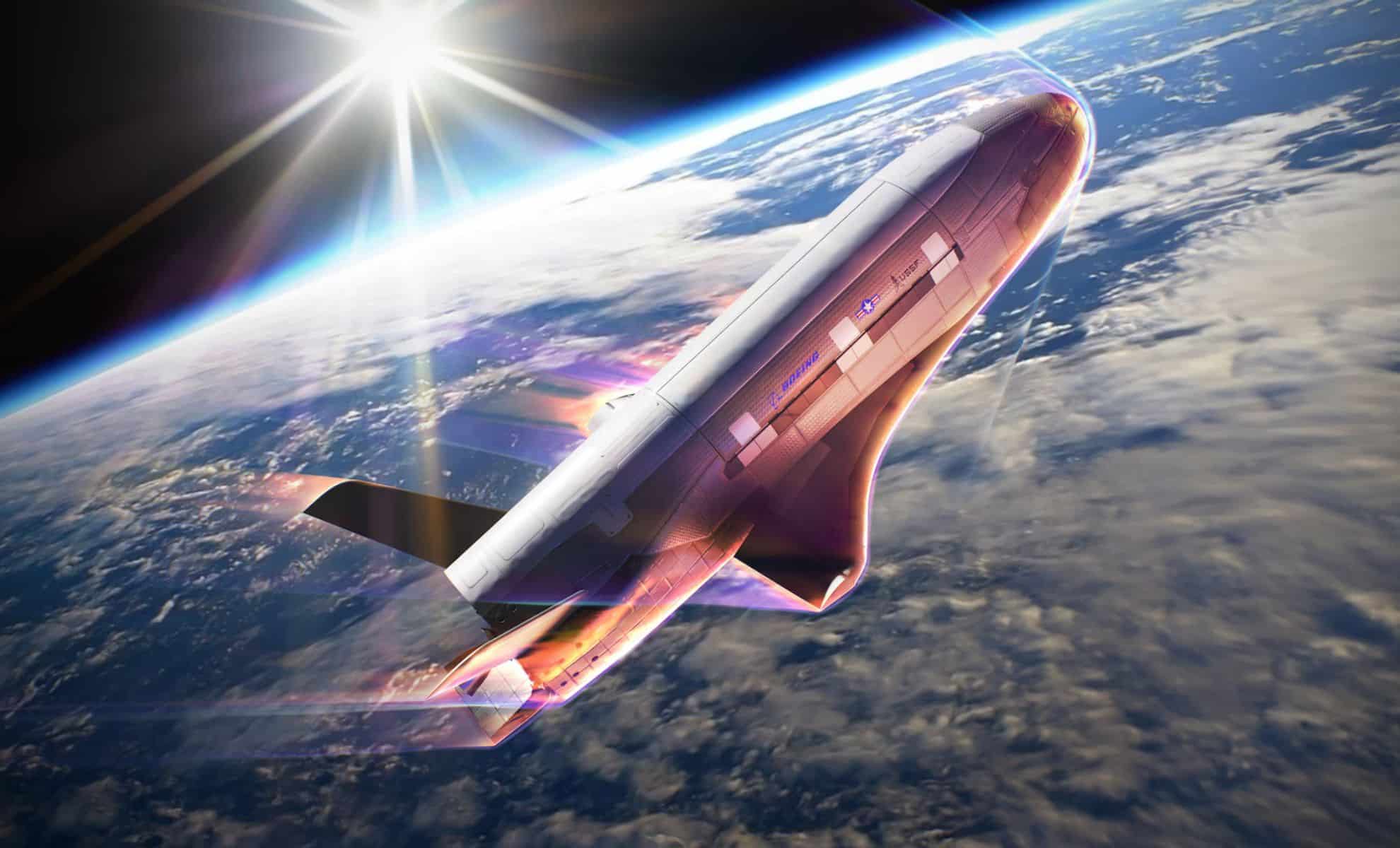The US Space Force has disclosed plans for its highly secretive X-37B space plane to perform a series of never-before-seen maneuvers during its reentry to Earth. Utilizing a technique called aerobraking, the spacecraft will adjust its orbit using atmospheric drag, reducing fuel consumption and making it harder to track. This maneuver underscores the Space Force’s push for groundbreaking innovation in military space operations.
Mystery in Orbit: X-37B, US Space Force’s Top-secret Plane, Set to Perform Never-before-seen Aerobraking

The X-37B space plane, a covert spacecraft operated by the US Space Force, is preparing to execute a series of novel maneuvers during its upcoming descent to Earth.
The mission, which remains shrouded in secrecy, has revealed an unprecedented technique known as aerobraking, allowing the spacecraft to manipulate atmospheric drag to alter its orbit and reduce fuel consumption. While the exact details of its mission remain classified, this development has given insight into how the X-37B could potentially revolutionize military space operations.
Groundbreaking Aerobraking Maneuvers Revealed
In a rare public statement, the US Space Force announced that the X-37B will be performing “novel maneuvers” during its descent. This includes aerobraking, a controlled method that uses the drag from Earth's atmosphere to adjust the spacecraft’s orbit. The US Air Force Secretary, Frank Kendall, emphasized the importance of this maneuver, stating, “This novel and efficient series of maneuvers demonstrates the Space Force's commitment to achieving groundbreaking innovation as it conducts national security missions in space.”
The technique, which has never been performed by the X-37B before, allows the spacecraft to rapidly change its orbital trajectory without relying heavily on fuel, making it both more efficient and harder for adversaries to track. As former US Air Force Secretary Heather Wilson explained, the X-37B could potentially perform this maneuver “on the far side of the Earth from our adversaries”, making it difficult to predict its position and reentry path.
Long-duration Mission Enters Final Phase
Launched in December 2023 aboard a SpaceX Falcon Heavy rocket, the X-37B is currently on its seventh mission (OTV-7). The spacecraft is designed for long-duration missions, capable of staying in orbit for years, thanks to onboard solar panels that recharge its batteries. The most recent mission set a record for the longest time in orbit for a reusable spacecraft, clocking 908 days during its previous flight. As General Chance Saltzman, Chief of Space Operations for the US Space Force, noted, “The success is a testament to the dedication and perseverance of the team.”
The X-37B’s upcoming descent involves a meticulously planned orbital shift. As the spacecraft prepares for reentry, it will “safely dispose” of certain module components, adhering to international standards on space debris. The service module, which houses some of the X-37B’s technical equipment, will be jettisoned before landing to prevent it from contributing to the growing issue of space junk.
A Platform for Future Space Operations
Although details about the X-37B's mission remain classified, the spaceplane serves as a platform for testing advanced technologies that could have significant implications for both military and civilian space operations. Past missions have included experiments such as testing the effects of solar radiation on various materials and even investigating space domain awareness technologies—systems used to detect and track objects in orbit.
The US Department of Defense and the US Air Force Rapid Capabilities Office oversee the X-37B’s missions. The latest flight continues to push the boundaries of space-based technology, offering a glimpse into the future of reusable spacecraft. As Frank Kendall emphasized, “This first of a kind maneuver from the X-37B is an incredibly important milestone for the United States Space Force as we seek to expand our aptitude and ability to perform in this challenging domain.”
The X-37B’s ability to perform such maneuvers marks a significant step forward in the evolution of military space capabilities. The aerobraking technique could allow the craft to remain in orbit longer and change its trajectory in unpredictable ways, making it an invaluable tool for national security.
Innovation in Space Defense
The X-37B’s novel maneuvers will not only test new orbital regimes but could also set the stage for future space defense strategies. The Space Force has previously mentioned the craft’s role in “operating in new orbital regimes, experimenting with space domain awareness technologies, and investigating the radiation effects to NASA materials.” The current mission, OTV-7, has introduced highly elliptical orbits, allowing the spacecraft to travel from altitudes as low as 300 kilometers to more than 35,750 kilometers.
While the spacecraft’s missions are typically classified, its ability to adapt and carry out military surveillance operations is evident. The X-37B continues to test technologies that could one day play a key role in future space defense initiatives.



